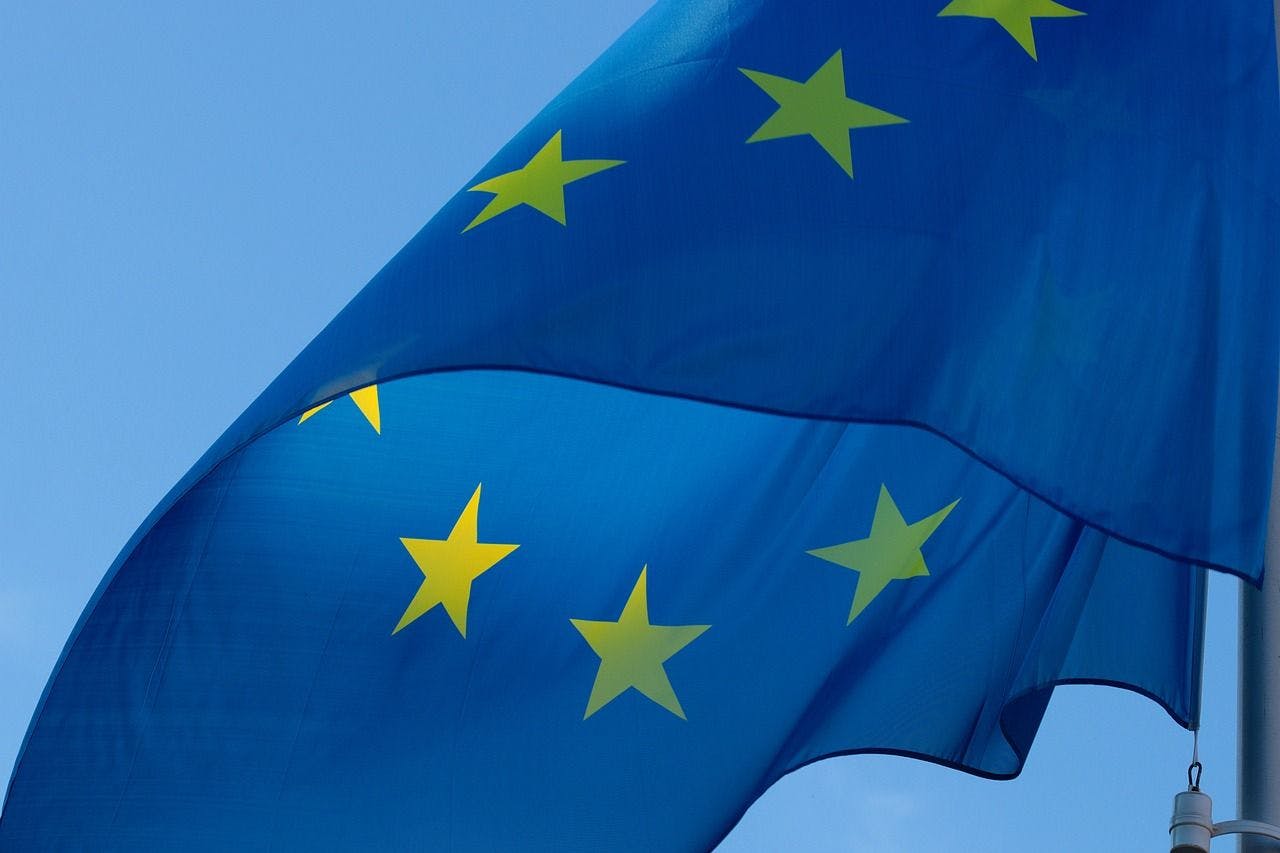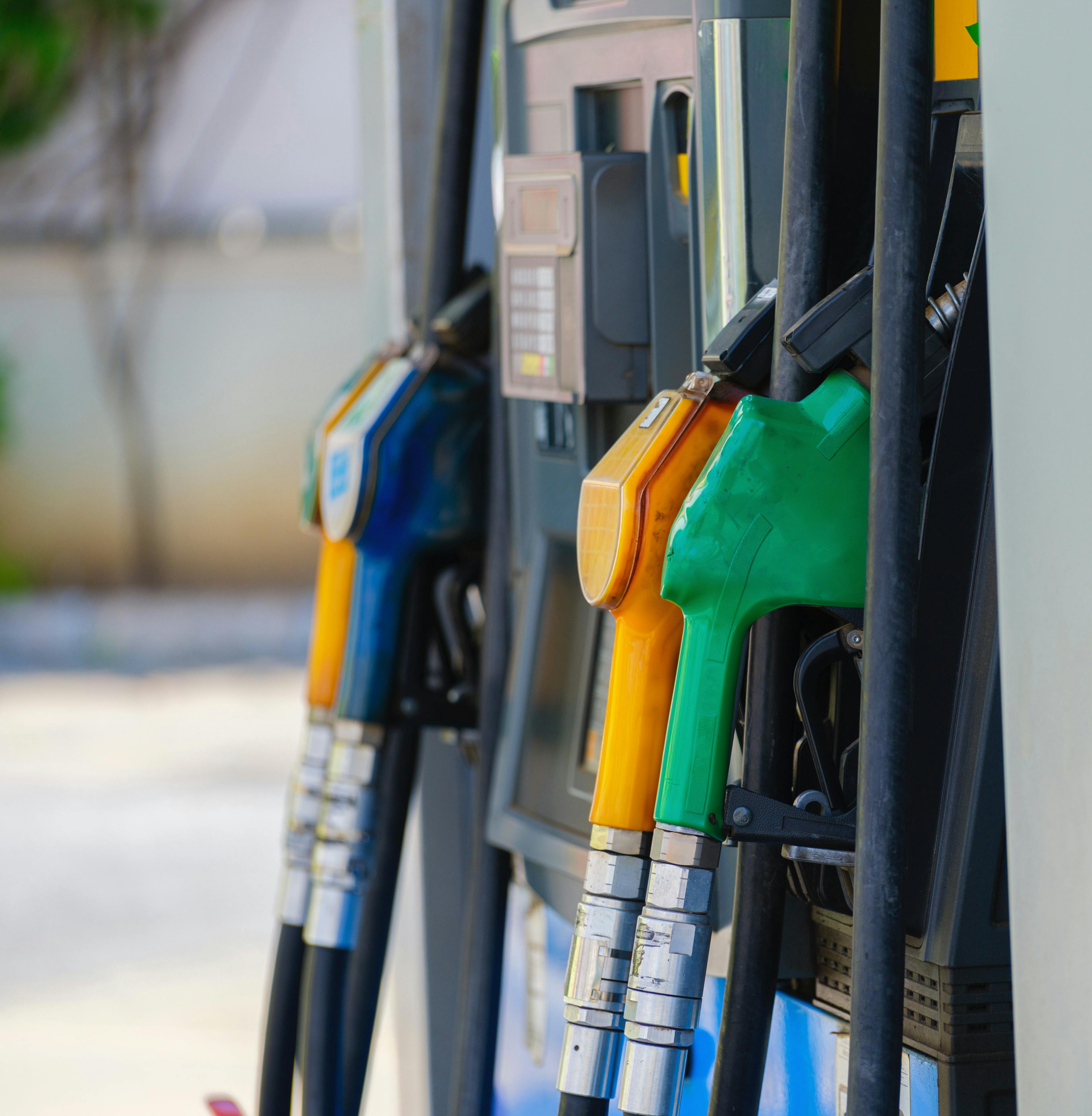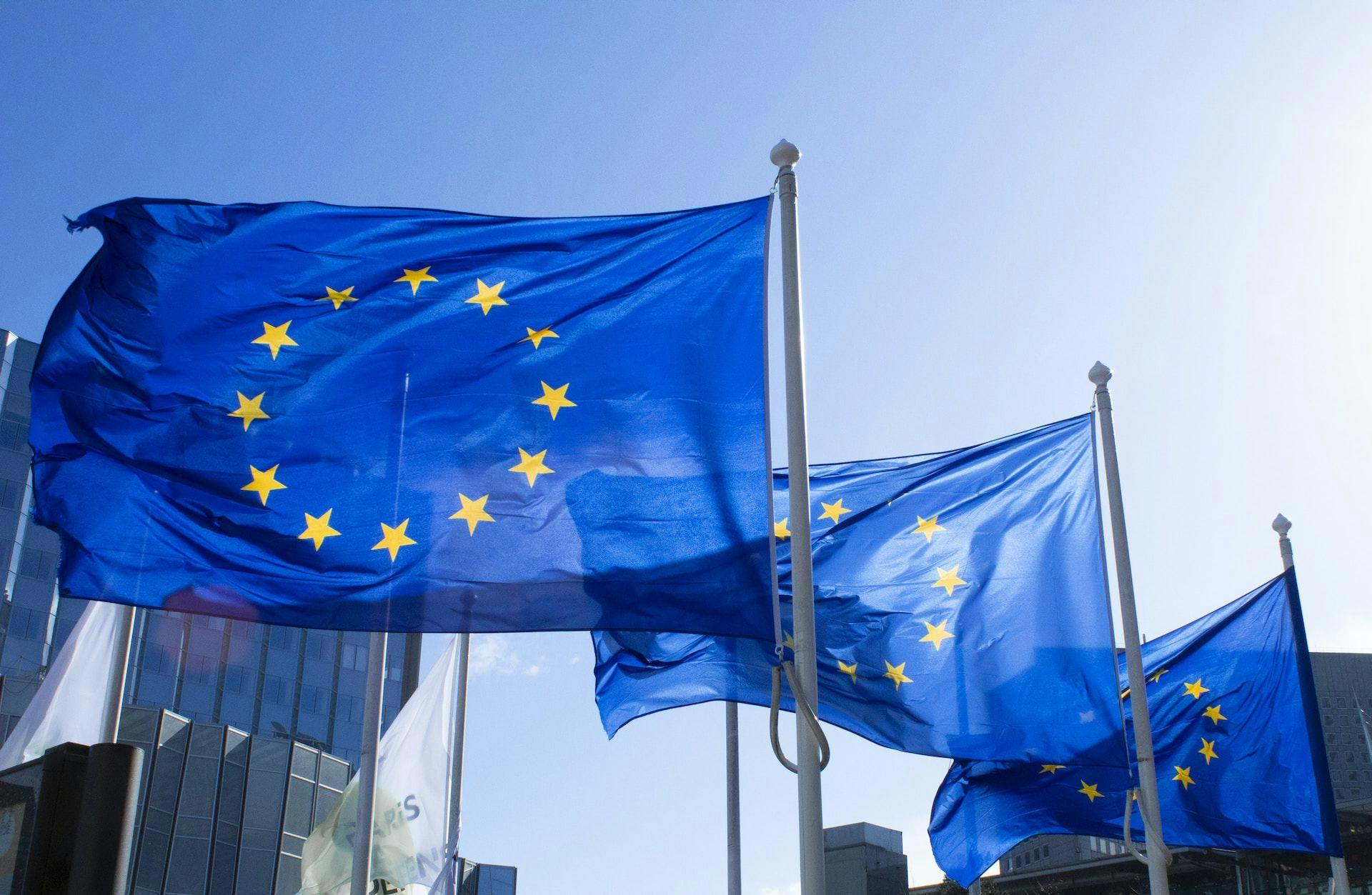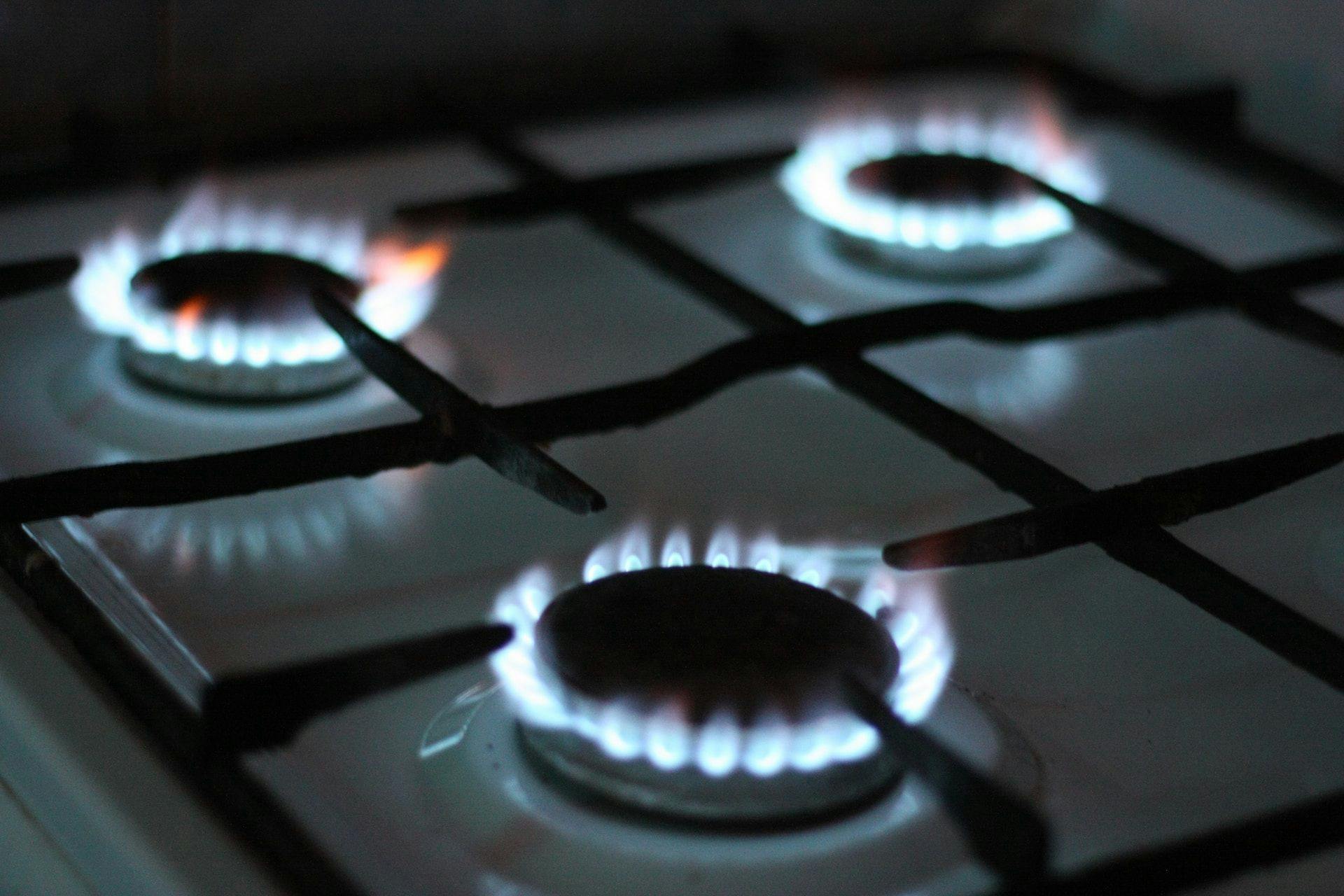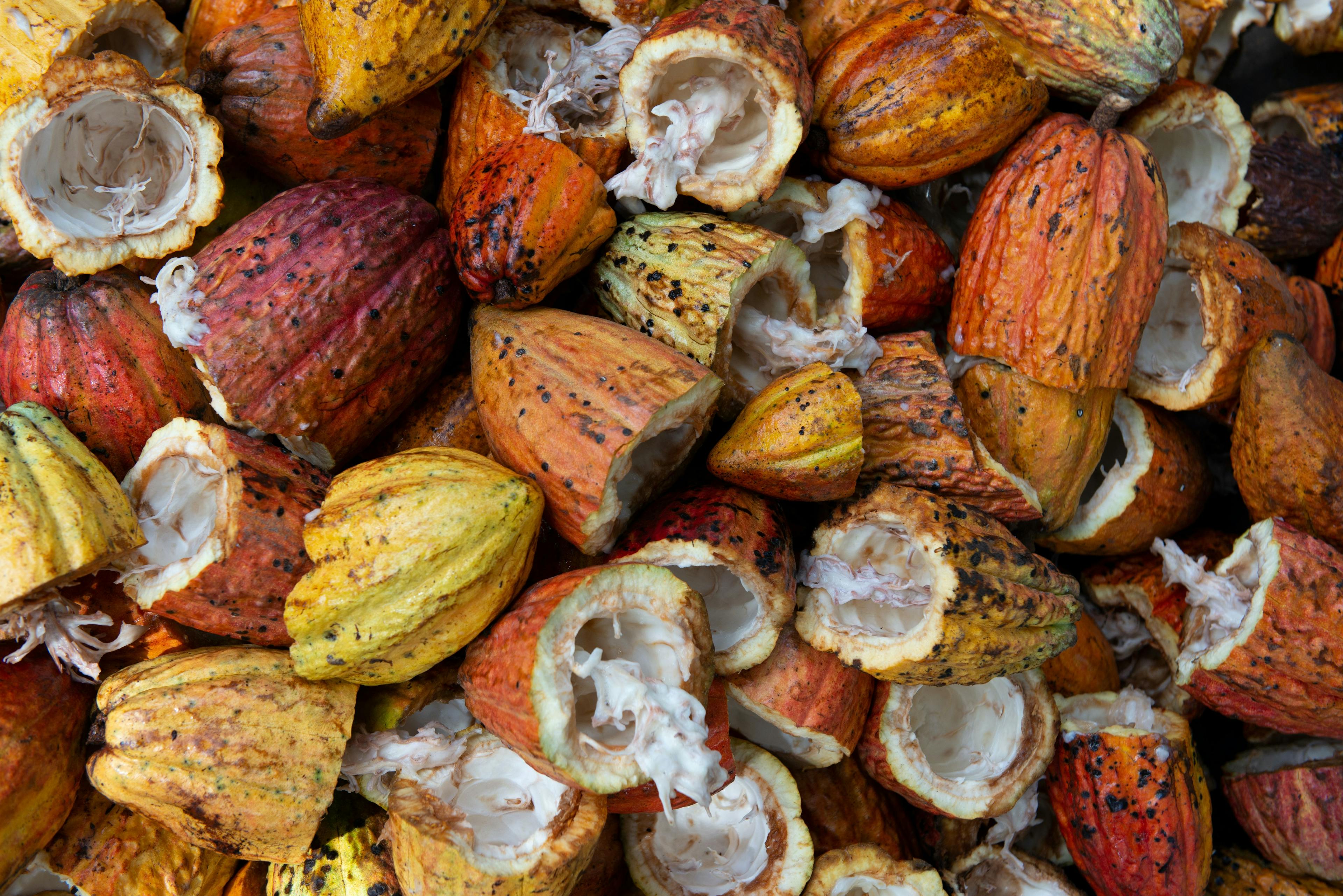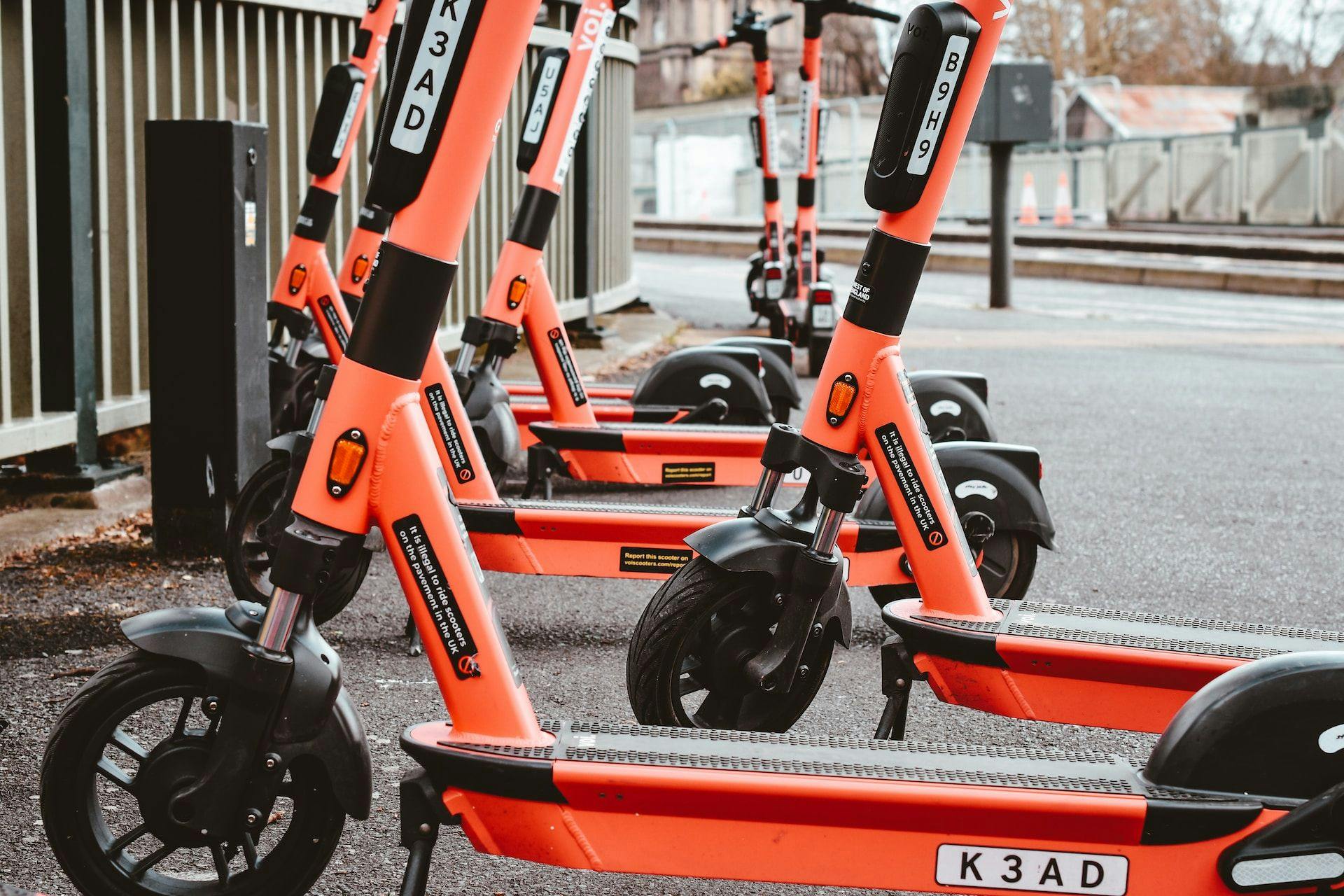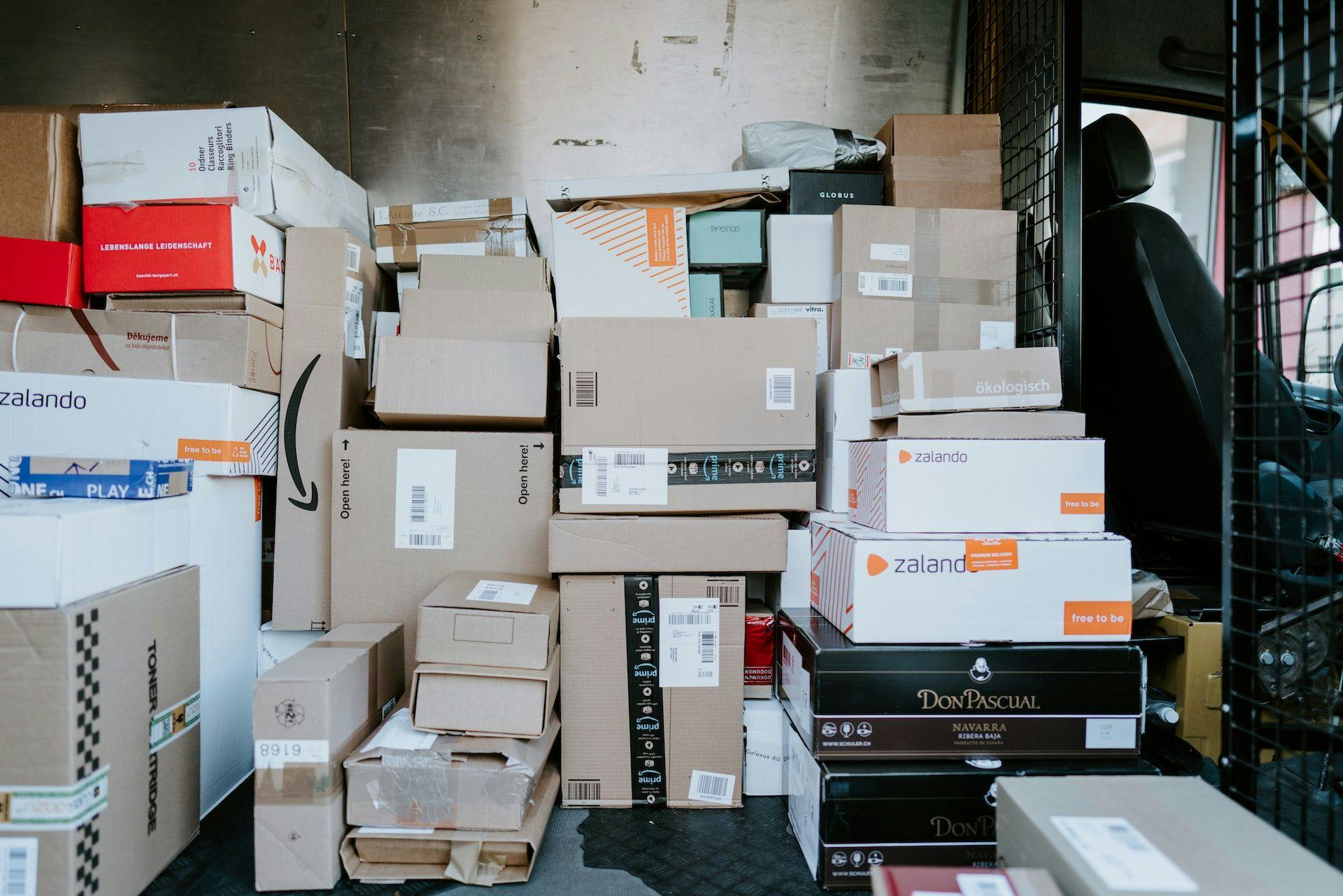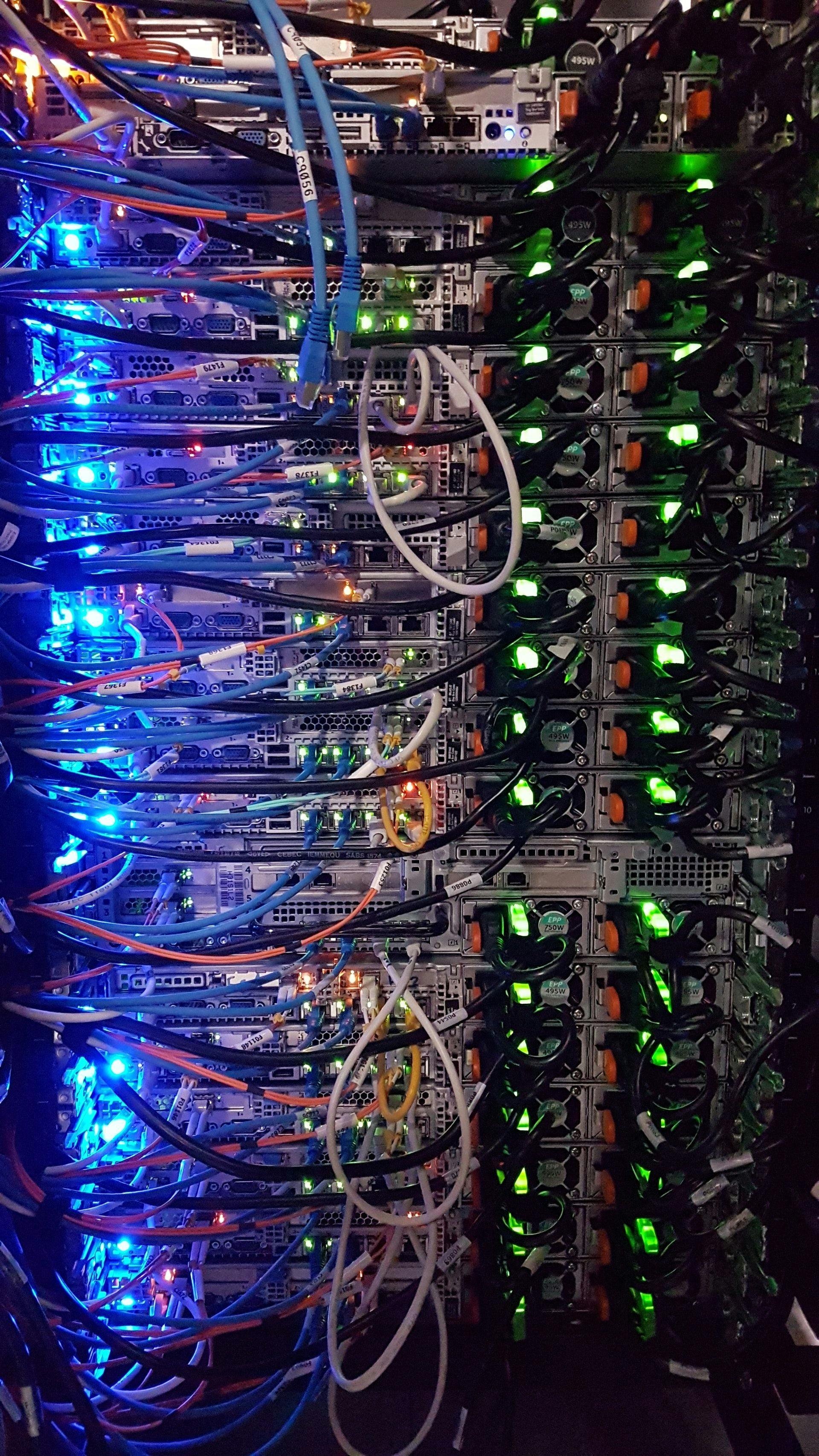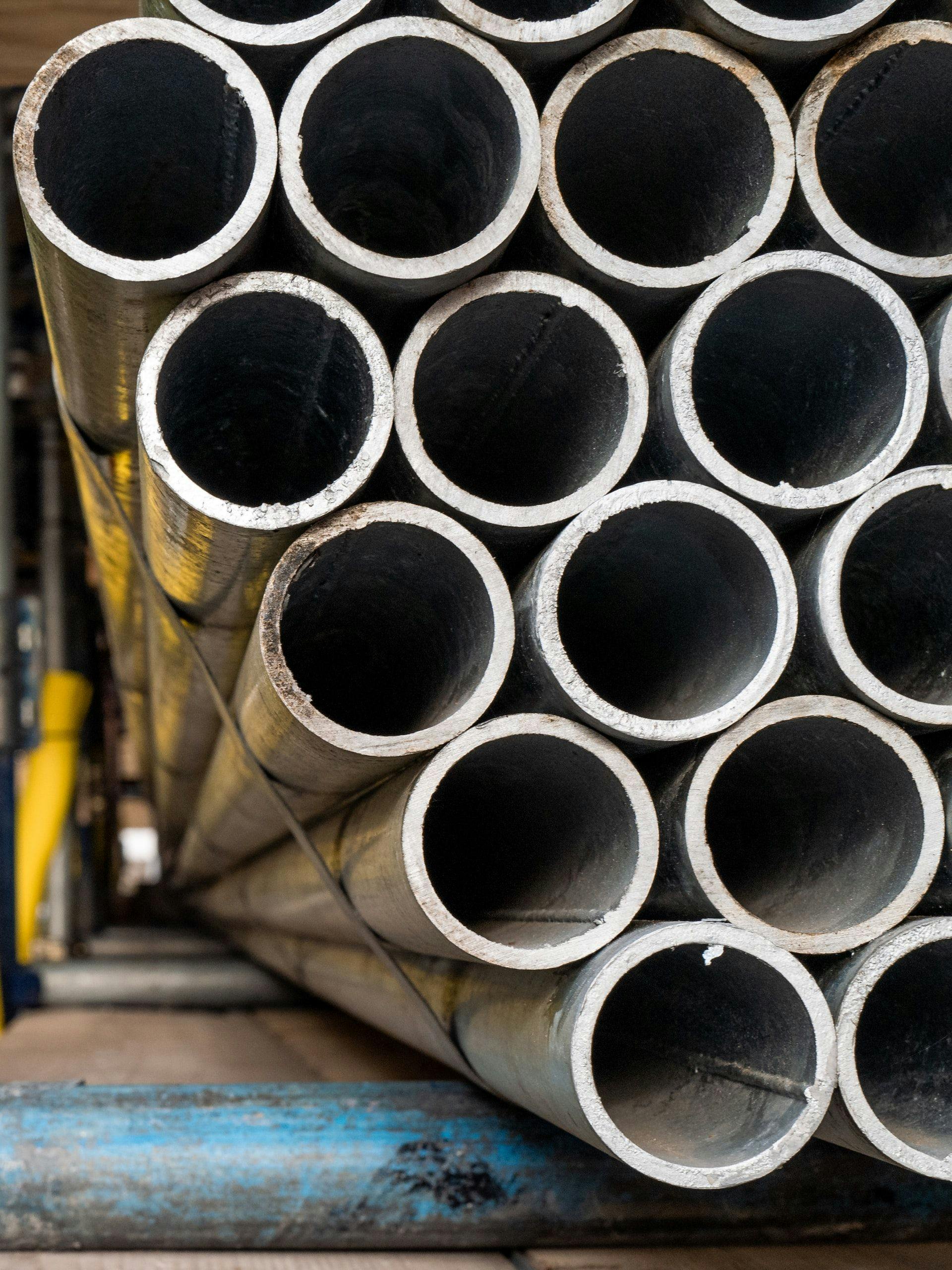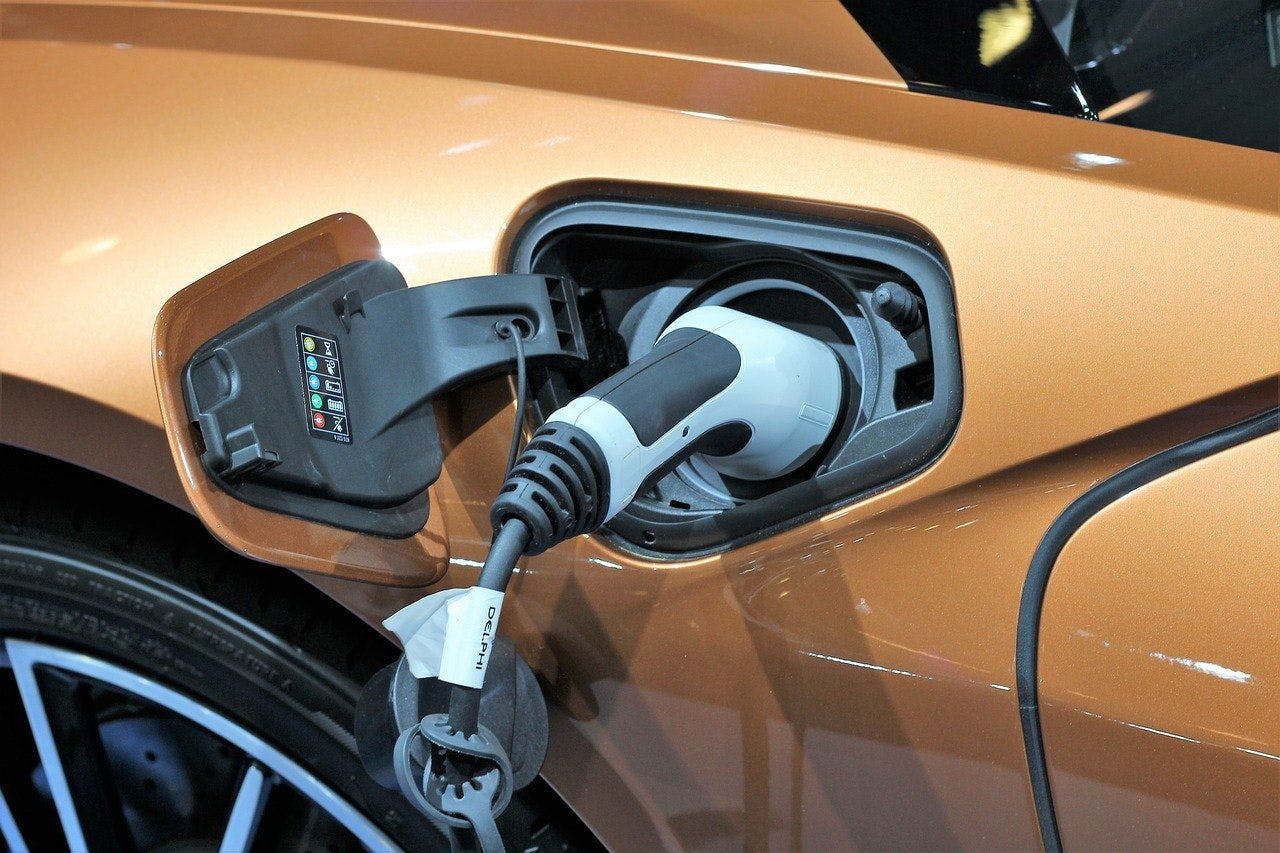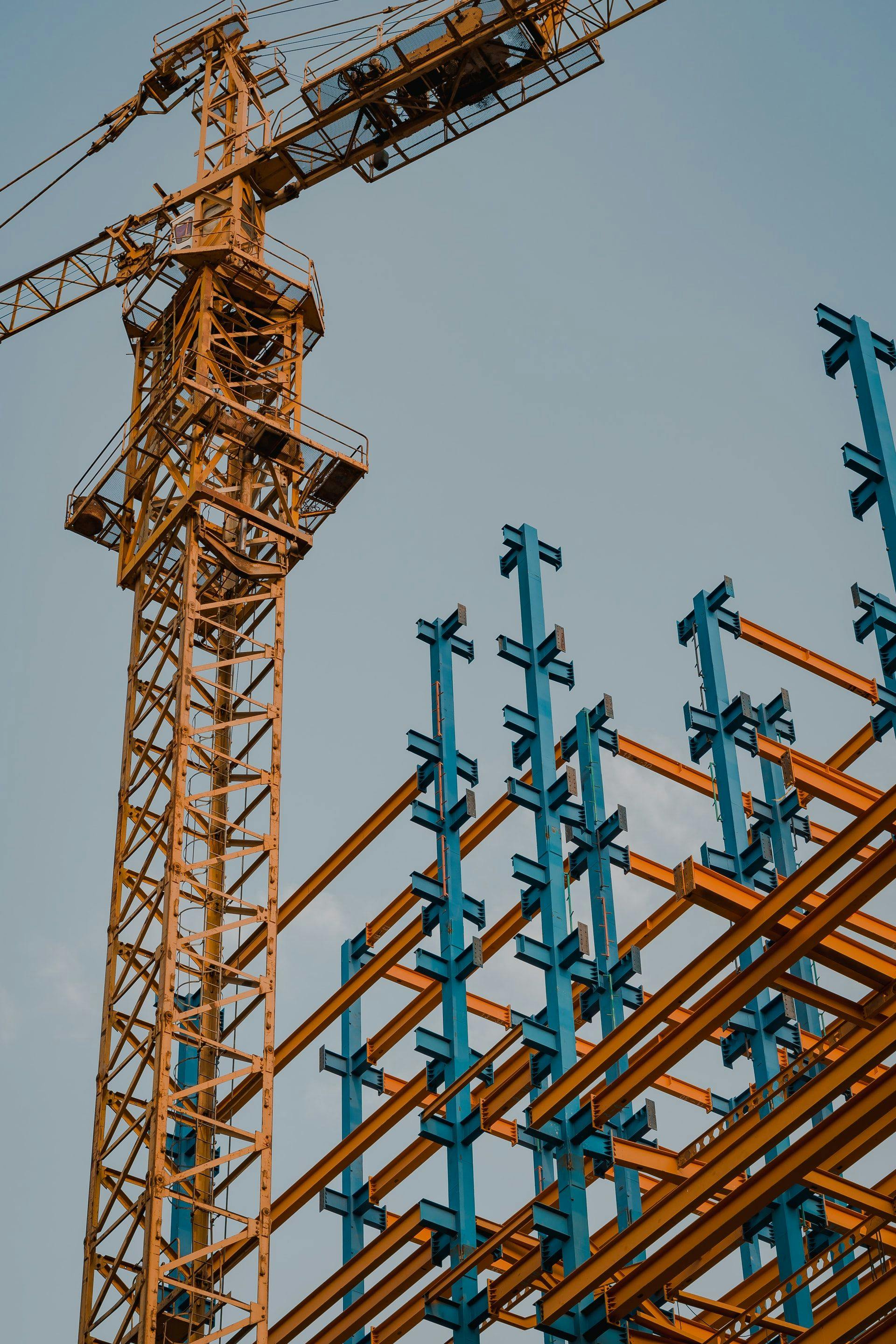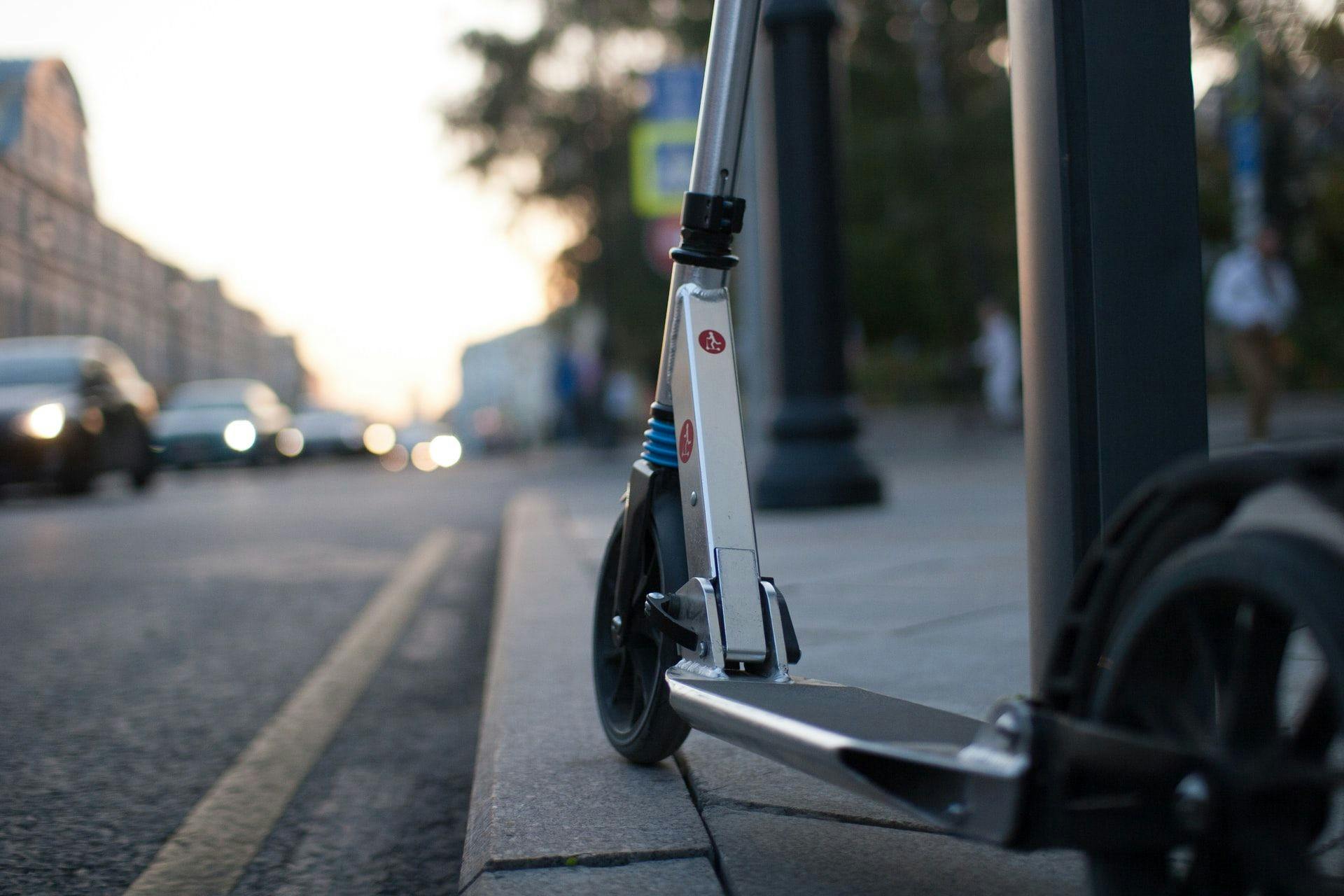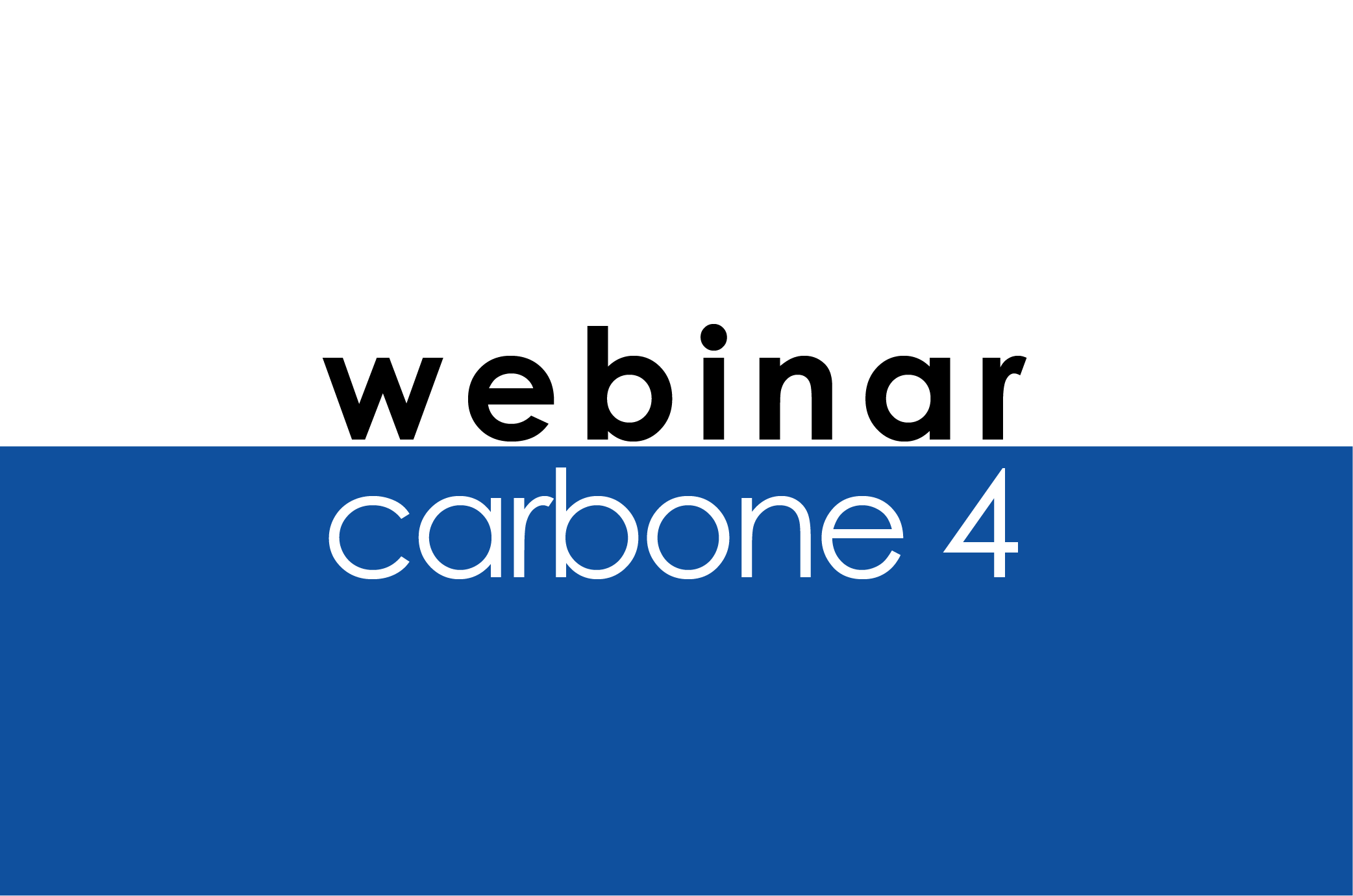Electrifying low-temperature heat in the Food and Beverage industry in France
Electrification of low-temperature heat production in industry: a key decarbonization lever whose adoption is lagging behind
A study commissioned by the European Climate Foundation
Contact: Gian Luca Agliardi
Carbone 4 contributors to the study: Alexandre Huon de Kermadec, Célia Cornec
Participation in workshops and interviews: DGEC, ADEME, Newheat, Industrials
Introduction
The transition to a low-carbon economy is falling behind schedule and requires joint, systemic action from the entire economic world: governments, businesses and end consumers. All aspects of our societies must be rethought in light of planetary boundaries. The Paris Agreement signed at COP21 in 2015 aims to limit global warming to +2°C compared to pre-industrial levels. Signatory countries are required to translate this ambition into ambitious climate targets for their countries through nationally determined contributions (NDCs). In France, climate targets are set out in the National Low Carbon Strategy (SNBC).
The SNBC defines greenhouse gas (GHG) emission reduction targets by sector in order to achieve carbon neutrality by 2050. Industry, the third largest emitting sector in France after transport and agriculture, has an important role to play in the country's decarbonisation. The SNBC aims to reduce industrial GHG emissions by a factor of five by 2050 compared to 2015 (a fourfold reduction compared to 2023 GHG emission levels). This corresponds to an annual reduction in industrial emissions of -4.5%[1]. Industry is already lagging behind, with emissions falling by only 2.7% per year between 2015 and 2023[2].
Industry is often considered a ‘hard to abate’ sector due to heavy industries, such as chemicals and metals, which require very high temperatures. However, it also includes many activities and processes that require low-temperature heat (<100°C). While low-carbon technologies for high-temperature heat production are still under development, low-temperature heat demand could be met by proven low-carbon solutions, in particular electrification. The SNBC's decarbonisation pathway for industry highlights the importance of electrification, as it assumes that this will increase from around 25% today to 70% of industrial energy consumption in 2050.
The electrification of low-temperature industrial heat will largely depend on direct electrification technologies, such as industrial heat pumps and electric boilers. Heat pumps, in particular, can be coupled with heat recovery systems, solar thermal power plants or geothermal systems. This integration effectively improves the heat source for the heat pump, reducing the temperature difference to be achieved and improving the overall performance of the equipment. Industrial heat pumps and electric boilers currently available on the market are mature technologies capable of reaching temperatures above 150°C[3]. There therefore appear to be no major technological barriers to the transition of sectors with low-temperature heat requirements. However, these industries remain heavily dependent on fossil fuels and are struggling to decarbonise at the necessary pace. This paradox raises the question of why their transformation is progressing so slowly.
The agri-food industry has been identified as a relevant sector for understanding this paradox. In France, it accounts for 11% of industrial emissions and 2% of total GHG emissions[4]. More than half of the energy consumed by the agri-food sector is used for heat production[5], and many processes in this industry, including drying, pasteurisation and distillation, require low-temperature heat. Approximately 75% of the heat required for these processes is below 150°C, and approximately 50% is below 100°C[6]. Several studies have shown that the agri-food industry is a prime candidate for reducing its heat production from fossil fuels in favour of low-carbon heat production, particularly through electrification. Firstly, ADEME looked at the potential for replacing fossil fuel consumption for thermal processes in industry with electrical technologies[7]. One third of the total potential for industry lies in the agri-food industry, making it the industrial sector with the greatest potential for electrification of thermal processes. Secondly, the International Energy Agency (IEA), in its report ‘The future of heat pumps’[8], states that 40% of the heat demand of the agri-food industry could be covered by heat pumps.
However, the agri-food sector remains heavily dependent on fossil fuels, the main source of direct emissions, and more specifically on natural gas, which accounted for 50% of its energy consumption in 2022. This share has remained relatively stable since 2010, when it also stood at 50%. In addition, the share of electricity in total energy consumption has increased slightly, from 32% in 2010 to 39% in 2022[9], which remains slightly higher than the rest of the EU, where electrification in industry is stagnating at around 33% on average[10].
There is therefore still a long way to go to achieve 70% of energy consumption by 2050.
The aim of the following study is therefore to provide an overview of the barriers to electrification faced by the agri-food industry and to formulate recommendations for public decision-makers and the industry itself.
This study has been supported by the European Climate Foundation. Responsibility for the information and views set out in this study lie with the author[s]. The European Climate Foundation cannot be held responsible for any use which may be made of the information contained or expressed therein.

























